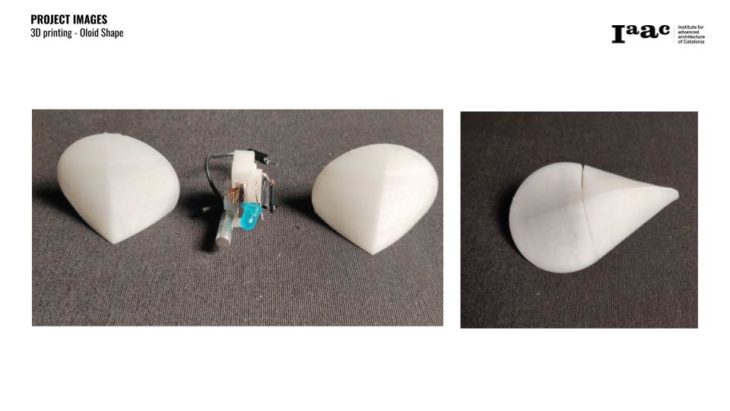Data Mapping
What are the mobility patterns within the Eixample district in Barcelona?
To understand the exact way people move, and for analyzing patterns, it is necessary to look at movements but also stops. Based on our investigations, we infer that weekdays mobility mainly consists of going to work and studying. Therefore, with Spanish Inspire Catastral and OSM we were able to identify the location of offices, schools, and universities, and cross this information with weekday people’s movements acquired from Footfall Data analysis. Whereas for the weekend’s mobility, we infer that it mainly consists of going for non-everyday needs, such as amenities and leisure as well as tourist attractions. In both cases, we can analyze the concentration of people’s movement in each street during the weekend, and identify the main zones they go for these services.
Then, after further filtering of the Footfall Data, we analyzed only the shortest movements in order to assess the people who are most likely moving on foot or by bike, and analyze which routes they are taking. In this way, we can identify the pedestrians’ and cyclists’ patterns.

So the conclusion of all these pattern analyses is the identification of the most commuted streets and the streets most used by pedestrians and cyclists.

Technologies used
In order to achieve the final video mapping presentation for the project, which required an initial understanding of different machines and exercises to experiment for laser cutting, 3D printing, and CNC milling.
Laser Cutting
This exercise was conducted to experiment with LED light diffusion on the acrylic sheet. This project used different engraving and etching techniques to achieve line depth in the pattern.


3D printing
The objective was to create an object with a tilt switch, so to play with light and understand the interlocking system in 3d printing.


CNC Milling
Testing different finishes with varying diameters of the mill bit.

Video mapping
With all the tools, the final project was created to display the data of mobility patterns in Eixample specific to 9 blocks.


Final presentation output
Mobility Pattern – Eixample Barcelona is a project of IAAC, Institute for Advanced Architecture of Catalonia developed at Master in City & Technology in 2021/22 by student: Sridhar Subramani faculty: Cristian Rizzuti, Shyam Francesco Zonca.